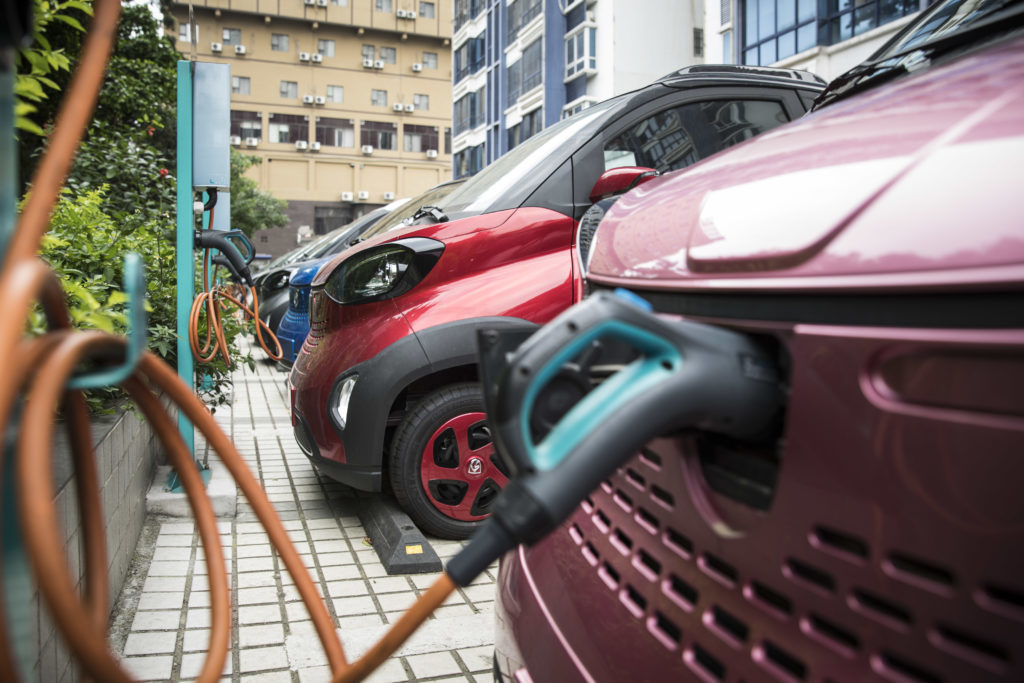
Millions of electric vehicles on the roads by 2050 will help the drive towards a zero emissions world by storing extra power from renewables, a new report says.
Meeting the UK’s new legal target to cut greenhouse gases to “net zero” by mid-century will also mean there will be no natural gas boilers heating homes, and houses will have to become much more energy efficient.
The Future Energy Scenarios study from National Grid Electricity System Operator (ESO) says the new target is achievable, but requires immediate action over electricity generation, gas supplies, heat and transport.
The report, which sets out scenarios for the future of energy including what a net zero world would look like, comes after the Government’s climate advisers warned action was falling far behind what was needed to meet the goal.
It says there will be no conventional or hybrid cars on the roads by 2050. More than 35 million electric cars and other vehicles will need to be charged, but they can provide flexibility for the grid and allow for more renewables on the system.
Smart charging, which allows vehicles to be charged at off-peak times, could help store roughly a fifth of Britain’s solar power generation for when this energy is needed.
In a net zero world, there would also be an increased use of public transport, and car-sharing would grow as a result of more autonomous vehicles.
The study from National Grid ESO, now a separate company from National Grid, also urges “strong, no regrets” policy action to improve the efficiency of homes and accelerate the installation of heat pumps.
Homes will have to use at least a third less energy by 2050, and up to 85% of homes will need to be very efficient, with an energy performance certificate rating of C or higher.
There will be no more natural gas boilers in homes, and 23 million properties will need to install low-carbon heating solutions such as electric heat pumps which use electricity to provide hot water and heating.
This could include more than seven million hybrid heat pumps which are part-powered by gas and will help the shift from natural gas to hydrogen heating.
A net zero world will require much more electricity to meet peak demand, with more renewables and gas with technology to capture and store the carbon emissions playing a key role.
Energy generation using biomass with the same carbon capture technology can be used to offset emissions in areas where it is hard to prevent pollution, such as aviation, the report said.
There could also be a role for direct air capture and storage technology, which catches carbon dioxide directly from the air using a chemical process.
A plant using this technology in Iceland catches the carbon dioxide, dissolves it in water and pumps it underground where it reacts with the local basaltic rock and eventually becomes stone.
Kayte O’Neill, head of strategy and regulation at National Grid ESO, said: “We balance supply and demand of GB energy day in day out so, see firsthand how the system is changing.
“Although these are not firm predictions, we’ve talked to over 600 industry experts to build this insight and it’s clear whilst net zero carbon emissions by 2050 is achievable, there are significant changes ahead.
“Electric vehicles continue to be a catalyst for decarbonising the system, making it more flexible as well as bringing down costs for consumers too – and whilst gas will still have an important role to play, a clear plan for the decarbonisation of heat is needed.”
Recommended for you
